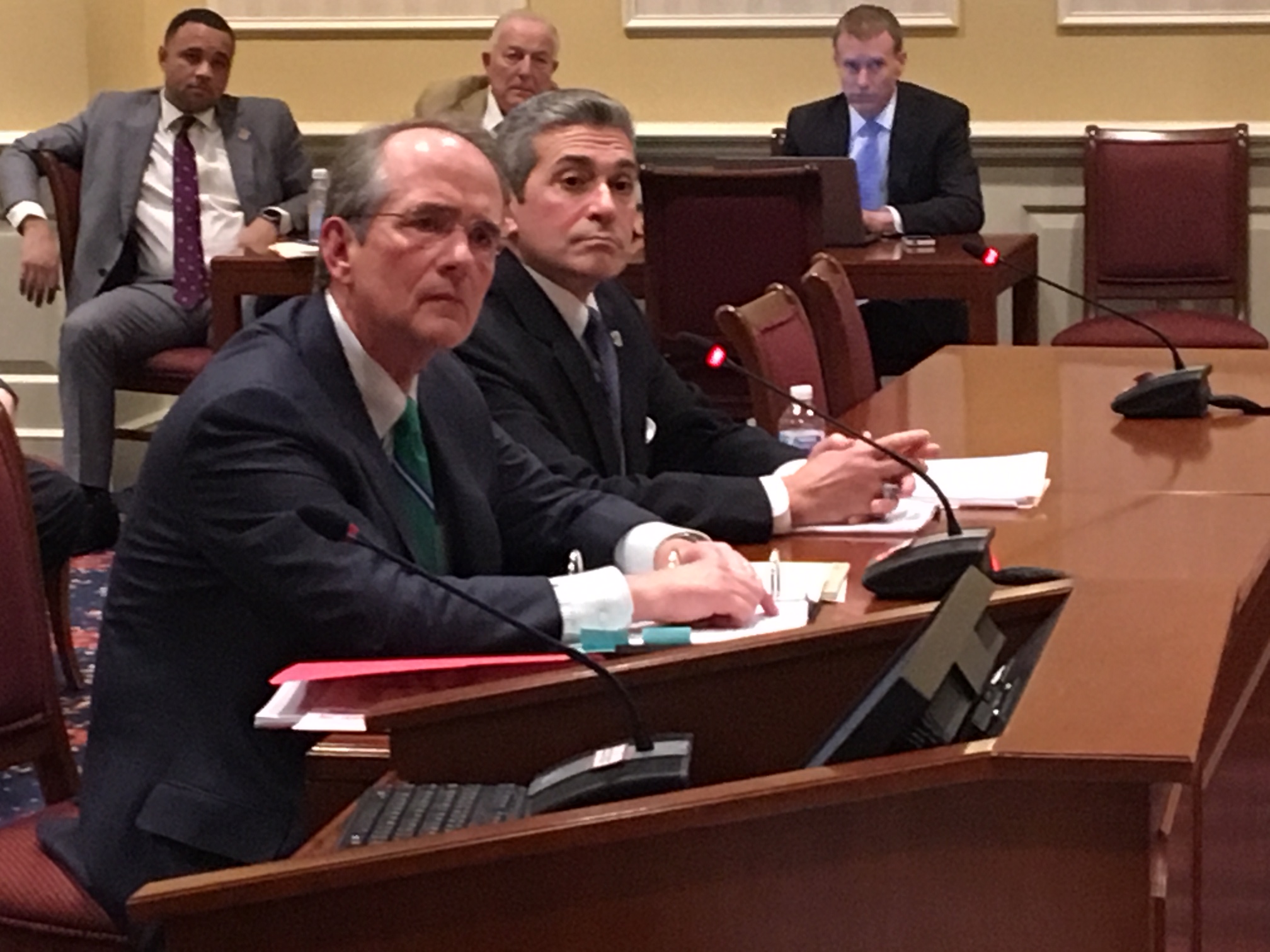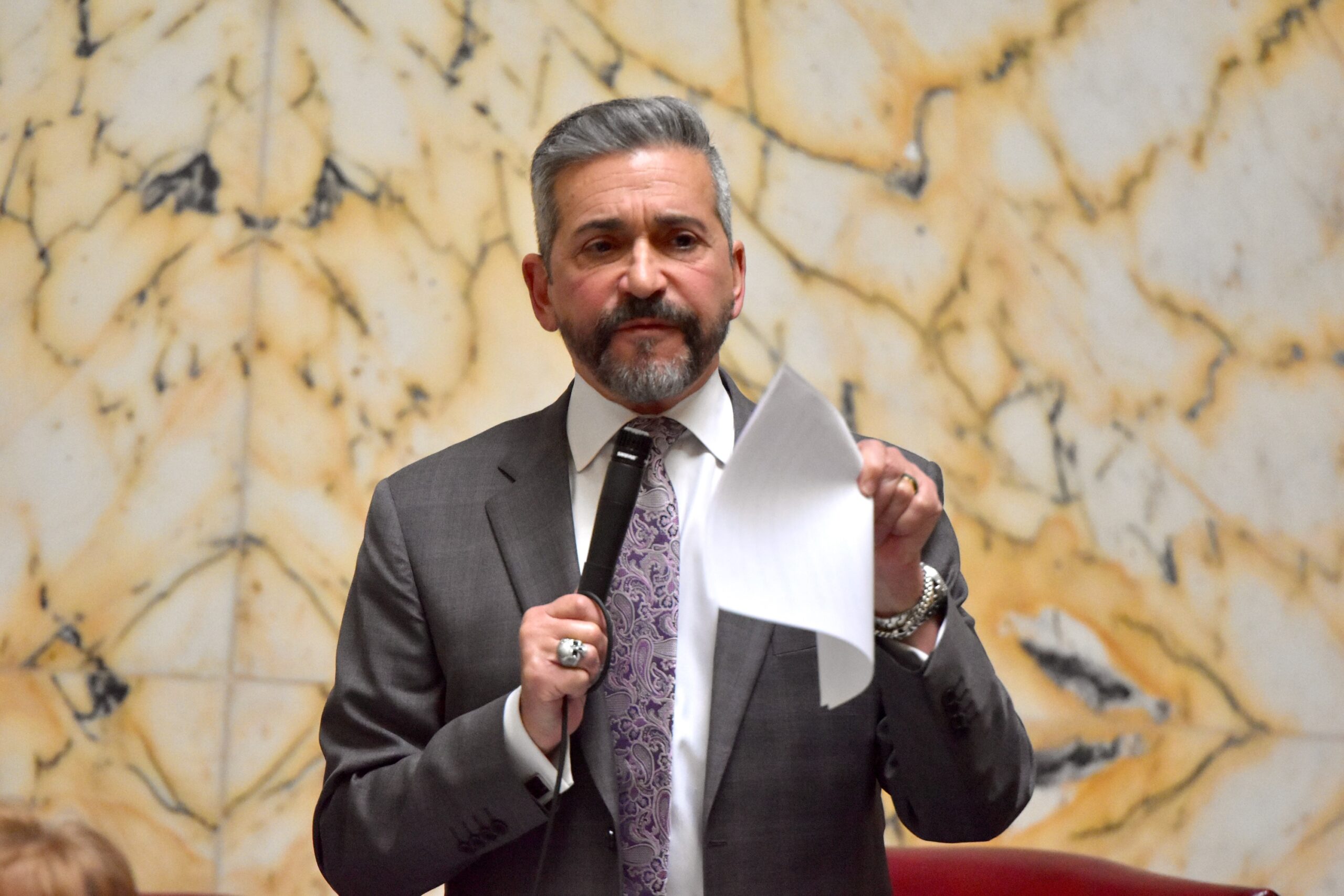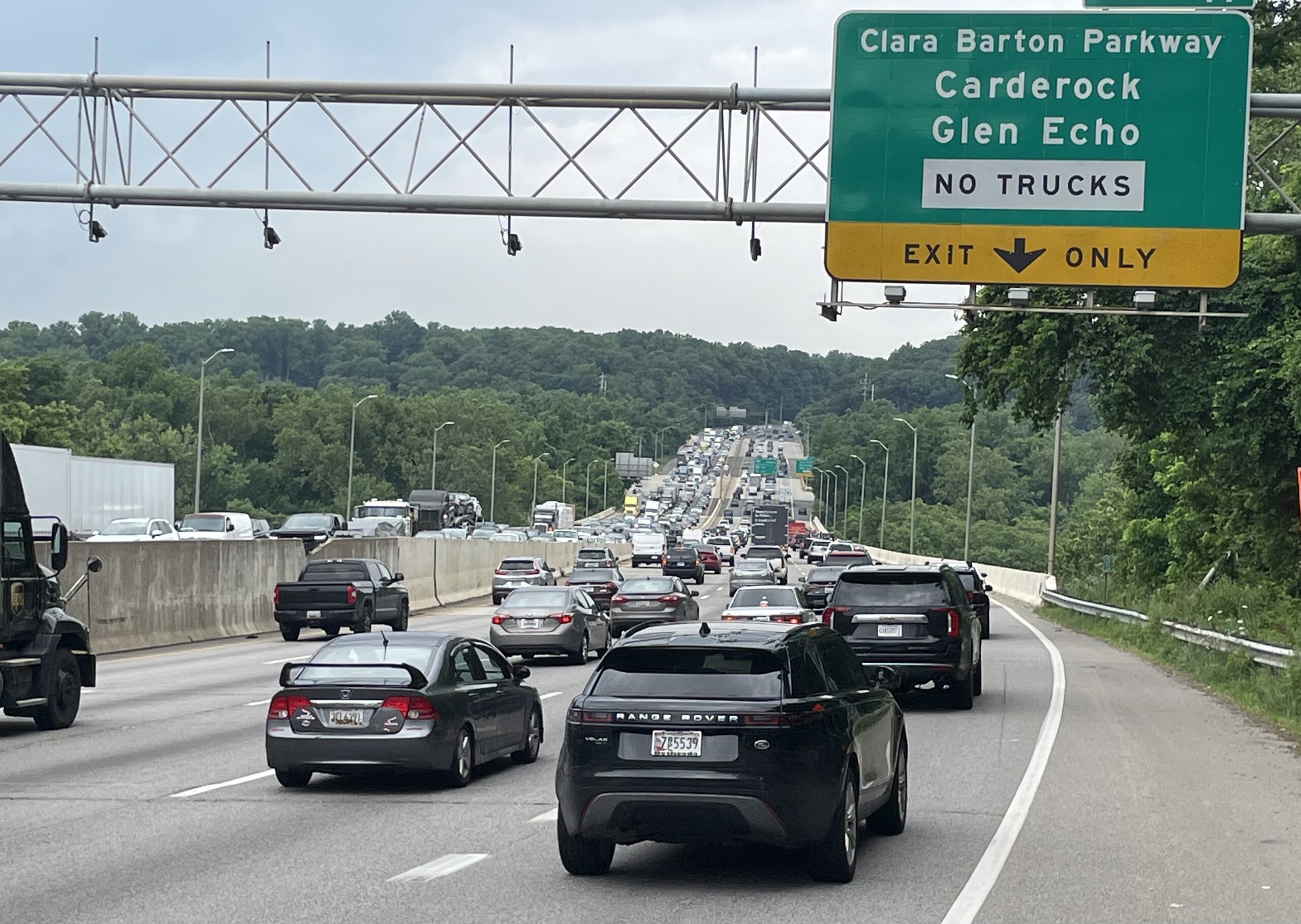Opinion: Questioning the motives of those seeking ‘transparency’ in Montgomery County planning

By Mike English
The writer is a resident of downtown Silver Spring. He is passionate about matters of county governance and housing affordability and is a member of the steering committee of Montgomery for All. All views expressed in this piece are his alone.
I am writing in response to the piece authored by Miranda Spivack, defending two “transparency” bills from state Sen. Ben Kramer (D-Montgomery) before the county’s legislative delegation.
Spivack is not wrong that transparency and oversight are to be valued, and likely can be improved when it comes to planning matters. But it is telling that her piece makes only broad, passing mention of these transparency measures and then delves directly into shifting power away from the County Council’s after skeptically mentioning Thrive 2050, the county’s recently passed general plan.
As I and other opponents of the bills outlined in multiple testimonies earlier this month, our quibbles are not with transparency measures themselves. However, the bills do not primarily deal with new, independent oversight. They deal with multiple methods that would move planning oversight away from the county council, and towards the county executive in such a way as to suggest the underlying motivation has more to do with policy disagreement than good governance. For numerous reasons, these bills would actually do more harm than good.
The two measures — MC 104-23 and 105-23 — would, among other things, allow the current county executive the ability to appoint, directly or indirectly, an outsized portion of a task force that would make recommendations for reform, and directly give him the power to appoint the planning board chair. Frankly, the fact that this provision is included in a pair of bills marketed as transparency reforms is exactly why people like me are concerned it is a power grab on behalf of the county executive, with or without his cooperation, the dismissals by the previous author and Senator Kramer notwithstanding.
After all, if person after person testifying in support of the bills were so concerned about open meeting act violations and other failures of transparency, why have they not raised similar concerns for the 60 documented violations incurred under the county executive’s watch?
Why is there this assumption that transferring power to one man, rather than an 11-member council that acted to remove the previous board when it felt it was necessary, will increase ethical behavior, transparency, and the responsiveness to the citizenry? How does he have more of a mandate than the council on such matters, especially as the population cast its votes for each body, when oversight rested in the hands it currently does?
To expand on this point more, back in 2020, county residents approved a measure to add two districts to the council in order to shrink district size and increase representation while preserving the hybrid district/at-large structure. (In full disclosure, I was a member of the ballot committee for the measure). Not entirely coincidentally, we have a tremendously diverse council, one made up of a majority of women to boot, that provides different perspectives and serves diverse, and yet distinctly different constituencies. Is it really progressive and “good governance” to transfer that power to one man whose views on planning and land use are out of step with the council, and the Democratic Party electorate that nominated all of the officials in question?
I do not know Senator Kramer and will not pretend to know his motivations here. That said, I am far more confident that the relatively small number of voices speaking in support of his bills are motivated not by a desire for better governance, but by grievance over policies the council has been moving forward over their and the county executive’s objections.
In her piece, Ms. Spivack spends, frankly, precious little time talking about particular policy practices and changes that would be affected by the bills, let alone transparency measures. Rather, she expresses reservations about the recently passed Thrive 2050, and calls into question how transparently zoning text amendments and other implementation plans will be carried out, seeming to assume failure before the council and planning department have a chance to succeed, and, like many of its critics, is asking Thrive 2050, a broad general plan, to answer every zoning question all at once, which has never been how the process works. To be blunt, all of this suggests that her issues stem more from policy disagreements than anything else and that these “transparency” bills are simply an opportunistic means to that end.
That pattern played out over and over again during testimony on the bills from other supporters too, as the main thrust of support came from organizations like the Citizens Coordinating Committee on Friendship Heights (which has opposed Thrive 2050 and associated zoning changes in ways that strain credulity, such as this flier trying to make people panic about multi-family homes being allowed in their neighborhoods, ignoring that multifamily housing is substantially more affordable than detached single family homes) and the Montgomery County Civic Federation, which has said that such changes should be tested on “low hanging fruit” such as the majority-minority community of Burtonsville, a message so heavily coded that it almost fails to be subtext. Many individual speakers also noted their disagreement with recent planning decisions, both during this hearing and in the past.
All this gives away the game regarding the actual ambition of the supporters, if not the author, of the bills. Even if Kramer has the best of intentions, the nature and motivation behind almost everyone supporting his bill should give him, and all of us, pause.




 Creative Commons Attribution
Creative Commons Attribution